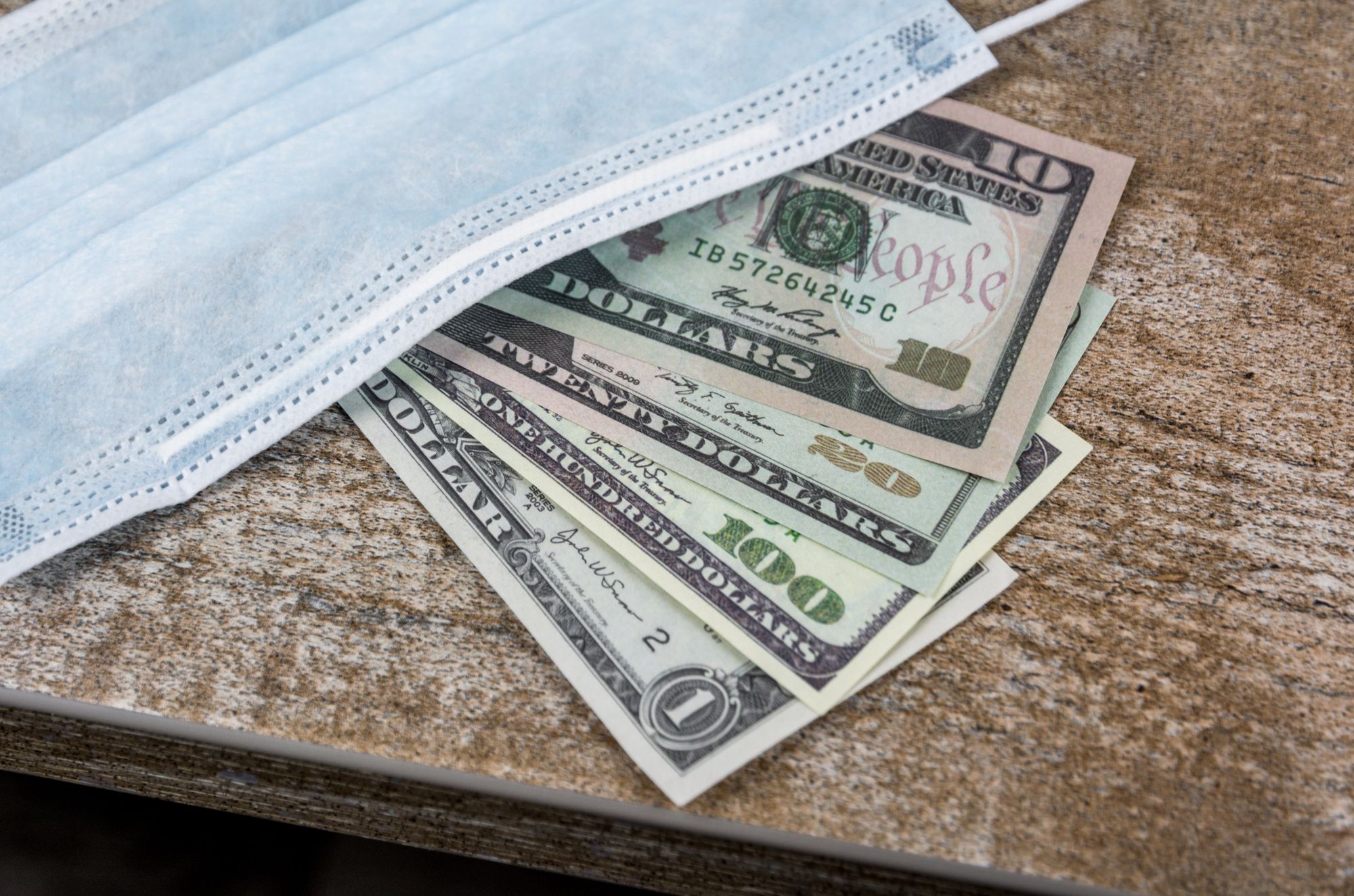By Will Nemirovsky and Zev Mintz
The U.S. is taking on debt at an unprecedented rate with no end in sight. COVID-19 is likely to force at least one more year of outsized borrowing as massive relief bills are progressing through the government. Although deflation is the main concern among central banks, inflation may not be far behind.
- The U.S. government ended the most recent fiscal year with a record $3.1 trillion deficit, as the U.S. government significantly increased spending to combat the COVID-19 lockdown-induced recession. This deficit represents 16.1% of total GDP; the highest since World War II. This year's deficit blew past the previous record of $1.4 trillion, which occurred in the midst of The Great Recession.
- As of Q2, the Debt to GDP ratio was over 105%. The recent COVID-19 stimulus added significant debt to a U.S government that has already faced annual deficits between $400 billion and $1 trillion since 2008. The near future is all but guaranteed to see unsustainable deficit spending as the U.S. continues to battle the effects of a disrupted economy.
- The U.S. government is currently discussing passing another COVID-19 relief bill, which could cost upwards of $2 trillion.
Moving Forward:
As the U.S. government continues extraordinary deficit spending with interest rates hitting record lows, many economists worry about deflation. However, with the additional money being injected into the economy, we could expect to see inflation rear its ugly head in the near future. Historically one of the most powerful tools to combat inflation is for central banks to raise interest rates, however with the increased debt loads, it will be almost impossible to raise interest rates without putting governments around the world in a very precarious position.


